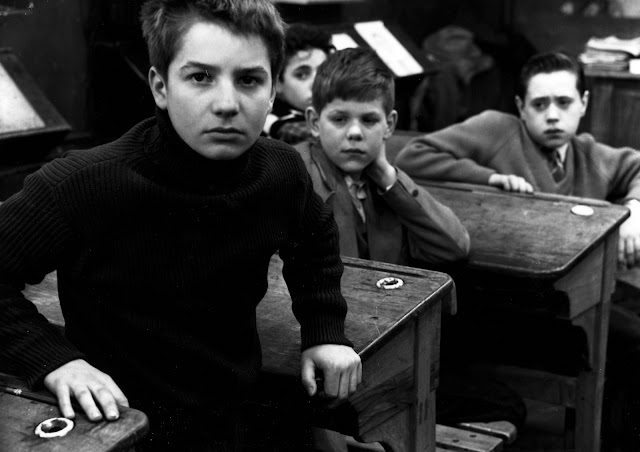Sunrise: A Song of Two Humans (1927)
F.W. Murnau's "Sunrise: A Song of Two Humans"
After F.W. Murnau had massive success making Expressionist cinema in Germany, he was invited by William Fox to make on in Hollywood. Murnau adapted a script penned by Carl Mayer, his longtime writing partner. In channeling his greatest artistic success from Germany, titled "The Last Laugh," Murnau wanted to create a film that had little to no title cards. This limitation would allow Murnau more creative freedom to express things via mise-en-scene, camera movement, and editing.
"Sunrise: A Song of Two Humans," tells the story of a couple who tries to mend their broken relationship. In a rural environment, a girl from the city tries to get a husband to kill his wife. He takes his wife out on the boat. He raises his hands to her but cannot ultimately kill her. She becomes terrified of him. After getting to shore, she runs away and ventures into the city. In the city, the couple visits various locations while the man tries to ask for forgiveness from his wife. The wife eventually forgives him and their relationship has a new sense of hope. However, while rowing back to the farm, a storm knocks the boat over. The husband survives, believing his wife has not. However, after the rural community goes out into the storm to look for her, she is found. While holding his wife, the sun rises.
The story of the film is a bit flimsy by structural standards. However, Murnau needed a very simple story so he could exercise visual expression. Themes of love, betrayal, guilt, and forgiveness hold the story together, which allows for a connection to the audience. However, these themes are far more important than any sort of plot. The viewer feels these emotions through the visual interpretation of them. Point of view shots, visual effects, and tracking shots can all be used to expressionistic effects. Silent pictures at the time were not so engaged in subjective storytelling. It was far more concerned with objective storytelling so as to not alienate its audiences. However, "Sunrise: A Song of Two Humans" manages to use the film medium to capture and present a subjective experience between two humans. In order to delve into the realms of subjectivity, Murnau had to paint the screen with expressionist touches (which he carried over from Germany).
This was one of the first times American audiences were viewing an 'expressionist' piece. Films from D.W. Griffith, John Ford, and Charlie Chaplin only ever managed to convey simplistic visual narratives. The German import of expressionist cinema by Murnau would change the way Hollywood directors made films. "Sunrise" would go on to win "Best Unique and Artistic Picture" at the very first Academy Awards in 1929.




Comments
Post a Comment